Creating an Electronics Starter Kit
2024-01-22 | By Sarah Aman
Are you interested in getting started in the world of electronics? Are you overwhelmed by the number of parts available to you online? Well, here we have a complete list of everything you need for a beginner electronics kit. As you progress onto more difficult projects, you may find yourself needing to order a chip or two, but all your basic parts will be available to you in your kit. This kit is designed to have most of the components you will need, from starter projects to advanced projects. I give recommended quantities of each component, but I highly recommend using the DigiKey Value Calculator to save money by buying in higher quantities. DigiKey offers a large selection of educational kits, so if you are looking for a less comprehensive kit for a lower price, check out the Adafruit Part Pal or the Arduino Starter Kit. That said, this kit is much more comprehensive and will save you money in the long run as well as letting you customize it along the way. As always, make sure to read the datasheets before you begin using your components. Datasheets can be found on the DigiKey product listing page.
Resistors:
Resistors are fundamental components in electronics work, serving various crucial roles. They play a vital role in voltage control applications, where they are utilized to regulate electric current and voltage in a circuit. This regulation prevents excessive current from damaging other circuit components. Particularly in projects involving light-emitting diodes (LEDs), resistors are essential for limiting current to ensure that the LEDs operate safely within their specified voltage and current ranges.
Moreover, resistors find application in voltage divider circuits, allowing the creation of specific voltage levels. This capability proves valuable in tasks like reading analog sensor values, establishing reference voltages, and controlling the biasing of transistors. Resistors also serve as protective elements by limiting current flow into or out of sensitive components such as transistors and microcontrollers, safeguarding them from damage.
Furthermore, resistors can be used to match impedance between various components in a circuit, particularly in audio applications where impedance matching is critical for optimal signal transmission. In addition, they are paired with capacitors to establish RC time constants, crucial for time delay and timing functions in circuits.
Pull-up and pull-down resistors ensure that digital inputs to microcontrollers and other digital devices remain in a known state when no other input is connected. This prevents erratic behavior by preventing the inputs from floating. Additionally, resistors are valuable for current sensing in certain applications, facilitating the measurement of current within specific parts of a circuit.
In summary, resistors are versatile components, central to controlling and manipulating electrical characteristics in circuits. They are indispensable for understanding electronic circuit behavior and are a key component in any beginner's electronic kit, being used in a wide array of both basic and advanced projects. Learning to effectively select and employ resistors is a foundational skill for individuals interested in electronics.
I recommend ordering the following:
10x 51 Ohm, ¼ watt Resistors (Part Number 51QBK-ND)
25x 330 Ohm, ¼ watt Resistors (Part Number 330QBK-ND)
25x 470 Ohm, ¼ Watt Resistors (Part Number 470QBK-ND)
10x 680 Ohm, ¼ Watt Resistors (Part Number 680QBK-ND)
25x 1k (1000) Ohm, ¼ Watt Resistors (Part Number 1.0KQBK-ND)
10x 2k Ohm, ¼ Watt Resistors (Part Number 2.0KQBK-ND)
5x 2.2k Ohm, ¼ Watt Resistors (Part Number 2.2KQBK-ND)
10x 2.7k Ohm, ¼ Watt Resistors (Part Number 2.7KQBK-ND)
10x 5.1k Ohm, ¼ Watt Resistors (Part Number 5.1KQBK-ND)
5x 10k Ohm, ¼ Watt Resistors (Part Number 10KQBK-ND)
10x 68k Ohm, ¼ Watt Resistors (Part Number 68KQBK-ND)
5x 100k Ohm, ¼ Watt Resistors (Part Number 100KQBK-ND)
1x 470 Ohm Isolated DIP Resistor Network (Part Number 4116R-1-471LF-ND)
Potentiometers:
Potentiometers, often referred to as "pots," are essential additions to a beginner's electronic kit for several compelling reasons. They offer variable resistance, allowing users to precisely control parameters such as volume, brightness, or sensitivity in a wide range of electronic projects. Moreover, potentiometers serve as analog input devices, enabling individuals to provide adjustable input to microcontrollers and digital systems, which is pivotal for tasks like fine-tuning settings and creating analog control interfaces. Importantly, potentiometers serve as valuable tools for learning, providing hands-on experience in understanding analog electronics, signal processing, and voltage division. Their inclusion in beginner kits facilitates the development of a strong foundational understanding of electronics and grants practical exposure to analog components and circuit control.
I recommend the following:
2x 10k Ohm Multi-turn Potentiometers (Part Number 490-2875-ND)
10x (one bag) 100k Ohm Single Turn Potentiometers (Part Number 2368-500E-0338-ND)
Capacitors:
Capacitors are indispensable components in a beginner's electronic kit for several key reasons. They store and release electrical energy, enabling them to smooth out voltage fluctuations, filter noise, and stabilize power supplies. Capacitors are crucial for timing circuits, helping create precise time delays and oscillations. They also play a role in coupling and decoupling signals in amplifiers and circuits, as well as storing and discharging energy in flashlights and camera flashes. For beginners, capacitors offer fundamental insights into energy storage, signal conditioning, and timing functions, making them essential for understanding and experimenting with basic electronic principles.
I recommend the following capacitors:
4x 0.01uF Film/Foil Capacitors (Part Number 1572-1184-ND)
4x 0.1uF Film/Foil Capacitors (Part Number 1572-1186-ND)
4x 0.47uF Film/Foil Capacitors (Part Number 1572-1226-ND)
10x 10uF 25V Electrolytic Capacitors (Part Number P14488-ND)
4x 22uF 25V Electrolytic Capacitors (Part Number 493-15350-ND)
4x 47uF Electrolytic Capacitors (Part Number P5539-ND)
3x 220uF Electrolytic Capacitors (Part Number P12383-ND)
Diodes:
Diodes are essential components in a beginner's electronic kit for several fundamental reasons. They allow current to flow in only one direction, which is invaluable for tasks like rectifying alternating current into direct current, a common requirement in power supplies. Diodes also protect circuits from reverse voltage and prevent unintended current flow. Moreover, they serve as key elements in signal processing, including radio communication and amplitude modulation. For beginners, diodes provide insights into basic semiconductor behavior and circuit protection, making them crucial components for learning and experimenting with electronics.
2x 1N4001 Rectifier Diode (Part Number 641-2010-ND)
1x DB105 Bridge Rectifier (Part Number 641-2099-ND)
2x 1N5221B 2.4V Zener Diodes (Part Number 1N5221B-ND)
4x 1N5226B 3.3V Zener Diodes (Part Number 1N5226B-ND)
2x 1N5229B 4.3V Zener Diodes (Part Number 1N5229B-ND)
4x 1N5231B 5.1V Zener Diodes (Part Number 1N5231B-ND)
2x 1N5234C 6.2V Zener Diodes (Part Number 1N5234C-ND)
2x 1N5236B 7.5V Zener Diodes (Part Number 1N5236B-ND)
6x Blue Light Emitting Diodes (LEDs) (Part Number 1516-1365-ND)
6x Green LEDs (Part Number 1516-1364-ND)
6x Red LEDs (Part Number 1497-1354-ND)
4x White LEDs (Part Number 1516-QBL8IW60D-NW-ND)
10x Yellow LEDs (Part Number 754-1739-ND)
1x PMODSSD Seven Segment Display (Part Number 1286-1065-ND)
2x 940nm 50mA Infrared LEDs (Part Number 1080-1091-ND)
Transistors:
Transistors are crucial components in a beginner's electronic kit for several important reasons. They serve as electronic switches and amplifiers, enabling control over the flow of electrical current in a circuit. Transistors are fundamental to digital logic gates, making them essential for building basic digital circuits and learning about binary and Boolean logic. Additionally, they play a central role in amplifying weak signals, which is vital in audio applications and signal processing. For beginners, transistors provide a foundational understanding of electronic switching and amplification, making them key components for exploring a wide range of electronic projects and gaining hands-on experience in circuit design and control.
2x 940nm 20mA Infrared Phototransistor (Part Number 1080-1167-ND)
5x 2N3904 NPN Transistors (Part Number 1514-2N3904PBFREE-ND)
5x 2N3906 PNP Transistors (Part Number 641-1946-ND)
2x IRLD024 MOSFETs (Part Number IRLD024PBF-ND)
Voltage Regulators and Transistor Devices:
In a beginner's electronics kit, including components like voltage regulators, comparators, Darlington drivers, timers, sensors, and photoresistors is valuable for several reasons. Voltage regulators ensure a stable and reliable power supply, a fundamental aspect of electronic projects. Comparators help in making decisions based on different voltage levels and are integral for designing various threshold-based circuits. Darlington drivers enhance the ability to control high-power devices and are essential for applications involving motors and relays. Timers are vital for creating precise time-based functions, such as flashing LEDs or triggering events after a specific delay. Sensors, like temperature or light sensors, introduce students to the concept of input and feedback, allowing them to build circuits that respond to changes in the environment. Photoresistors, or light-dependent resistors, teach about light sensitivity and are commonly used in simple light-sensing applications. These components collectively offer a well-rounded foundation for beginners, covering a wide range of electronics principles, from power regulation and logic to timing and environmental sensing. They enable hands-on experimentation and learning across a broad spectrum of electronic projects.
1x LM317 Variable Voltage Regulator (Part Number 497-19621-ND)
1x LM7812 12VDC Fixed Voltage Regulator (Part Number 497-1452-5-ND)
1x TLC3702CP Comparator (Part Number 296-1841-5-ND)
1x ULN2003 Darlington Driver (Part Number 497-2344-5-ND)
2x 555 Timers (Part Number 296-9684-5-ND)
1x Infrared Sensor (Part Number 1855-1064-ND)
1x 5V analog Temperature Sensor (Part Number MCP9701-E/TO-ND)
1x Photoresistor (Part Number PDV-P9203-ND)
Buttons:
4x Push Button Switches (Part Number CW181-ND)
2x 4 position DIP Switch (Part Number 450-1781-ND)
Project Accessories:
In your beginner’s electronics kit, including these two parts will allow you to do a lot of fun projects.
1x 12V DC Brushless Fan (Part Number 259-1790-ND)
1x 8 Ohm Speaker (Part Number 433-WSPM-3020W-ND)
Miscellaneous Essentials:
Breadboards, jumper wires, and a grounding strap are indispensable tools in a beginner's electronic kit for several compelling reasons. Breadboards provide a convenient and reusable platform for quickly assembling and testing circuits without the need for soldering, making them an ideal learning tool for beginners. Jumper wires facilitate easy and flexible connections between components on the breadboard, allowing for rapid prototyping and experimentation. They enable students to understand the flow of electricity and how components interact within a circuit. A grounding strap is essential for safety by grounding the user, reducing the risk of electrostatic discharge that could potentially damage sensitive electronic components. These tools collectively offer a practical and safe environment for beginners to explore electronics, encouraging hands-on learning and experimentation in a structured and secure manner. To learn about proper breadboarding techniques check out this video.
1x 3-Pin JST to Breadboard Jumper (Part Number 1568-CAB-13685-ND)
1x package of various Jumper wires (Part Number 1528-2185-ND)
1-2x (up to you) Solderless Bread Boards (Part Number DKS-BBOARD6.5-ND)
1x Wrist strap, cord, and clip for grounding (Part Number SCP301-ND)
Tools:
Wire cutters, screwdrivers, pliers, and tweezers are valuable additions to a beginner's electronic kit for several critical reasons. Wire cutters enable the precise trimming of wires and component leads, ensuring clean and well-organized connections in circuit assembly. Screwdrivers are essential for adjusting or securing components on a breadboard, as well as for assembling and disassembling electronic devices. Pliers offer a firm grip for bending wire leads and shaping components, contributing to tidy and functional circuit layouts. Tweezers provide fine control when handling small and delicate components, making it easier to insert or remove them from a breadboard or PCB. Together, these tools facilitate efficient and accurate circuit construction, maintenance, and troubleshooting, ultimately enhancing the learning experience for beginners as they work with electronic components and projects.
1x Wire Cutter (Part Number 170ITW-ND)
1x Slotted Screw Driver (Part Number 431-1176-ND)
1x Phillips Head Screw Driver (Part Number 431-1110-ND)
1x Heavy Duty Long Nose Pliers (Part Number 1691-1285-ND)
1x Fine Point Tweezer (Part Number 1597-1536-ND)
Microcontroller:
An Arduino board is an indispensable inclusion in a beginner's electronics kit for several compelling reasons. It serves as a versatile and user-friendly microcontroller platform, allowing beginners to learn and experiment with various aspects of electronics, coding, and hardware interaction. Arduino boards provide a low-cost, open-source environment with a vast online community and resources, making it easy for beginners to access tutorials and support. They are well-suited for projects ranging from basic LED blinking to more advanced tasks like robotics and IoT applications. Arduino's integrated development environment (IDE) simplifies programming and offers an excellent platform for honing coding skills. Overall, Arduino boards are a gateway for beginners to explore electronics, programming, and the world of embedded systems in an accessible and educational way.
1x Arduino Board (Part Number 1050-1040-ND)
Battery Accessories:
This Battery snap will allow you to use a battery as a cheap DC Power Supply to power your circuits.
1x Battery Snap with wires (Part Number 36-235-ND)
Optional Accessories:
It is highly recommended to find some sort of storage solution for your kit. A tackle box, art box or other nonmetal nonconductive storage bin with a cover to protect your components from dust will work perfectly. Once you are on your way to starting your own electronics lab, you may want to consider buying a real DC Power supply. These plug into the wall and generate power at different voltages. A digital multimeter is very useful for measuring voltage, current, and resistance in your circuits. An oscilloscope is used to view a voltage waveform. A soldering iron and solder can be used to put together permanent circuits and can be a fun way to advance your circuitry, but make sure to use safe soldering practices. This How to Solder video can help you out.
Tackle Box for Storage (Part Number 3539-2362001-ND)
DC Power Supply (Part Number 2260-KD3005D-ND)
Digital Multimeter (Part Number MN35-ND)
Digital Oscilloscope (Part Number 2250-AS101-ND)
Digital Oscilloscope Probes (Part Number 1286-1075-ND)
Soldering Iron (Part Number 1568-1752-ND)
Solder (Part Number 315-NC2SW.0310.5OZ-ND)
Hopefully this will help you create your perfect electronics kit. If you are looking for projects to attempt with your kit, check out more blogs and tutorials on Maker.io. This low-cost kit can easily be customized to add what you need and leave out what you're not quite ready for. Once you are ready to up your electronics skills, some of these educational kits from DigiKey can be great for building your skills. If you want to view my cart for the basic electronics kit, click here.

Have questions or comments? Continue the conversation on TechForum, DigiKey's online community and technical resource.
Visit TechForum

















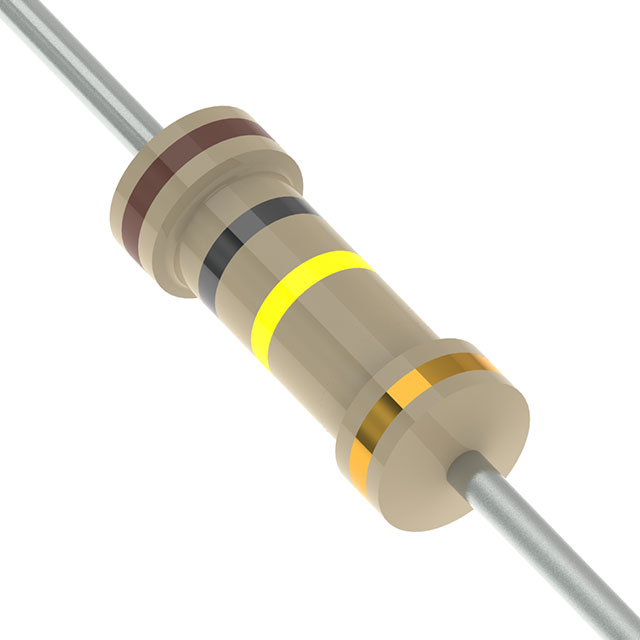








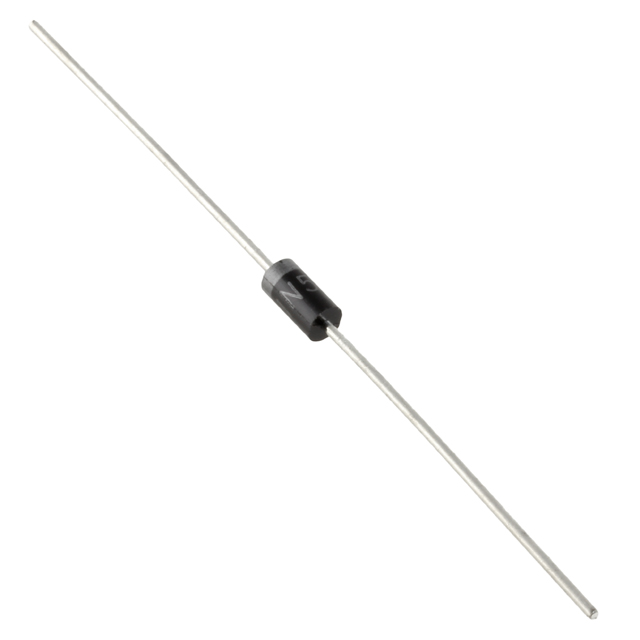

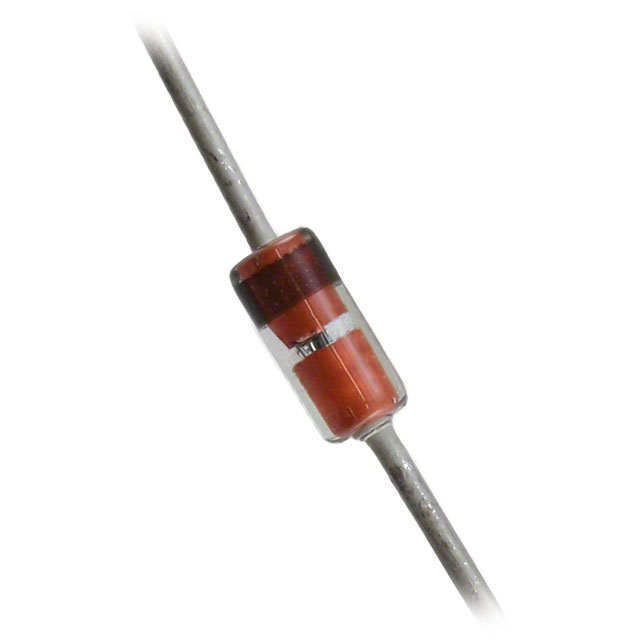








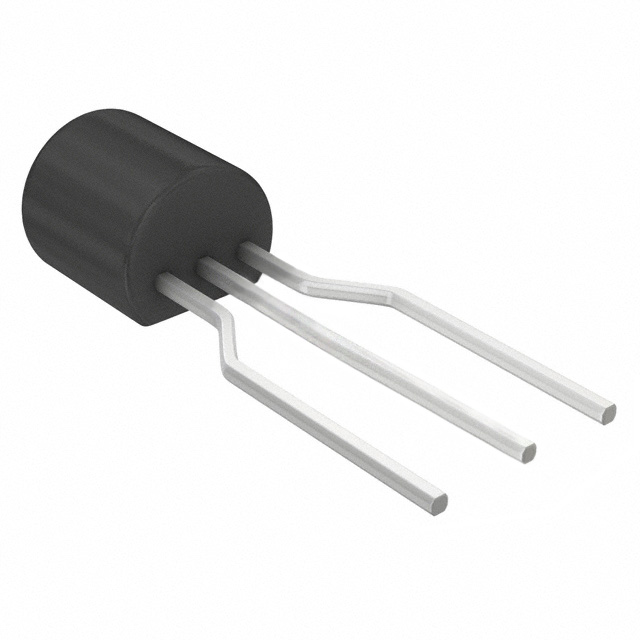
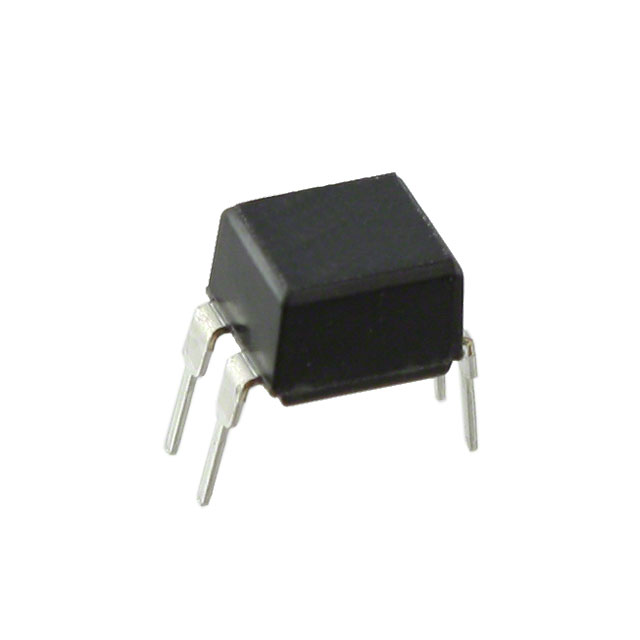
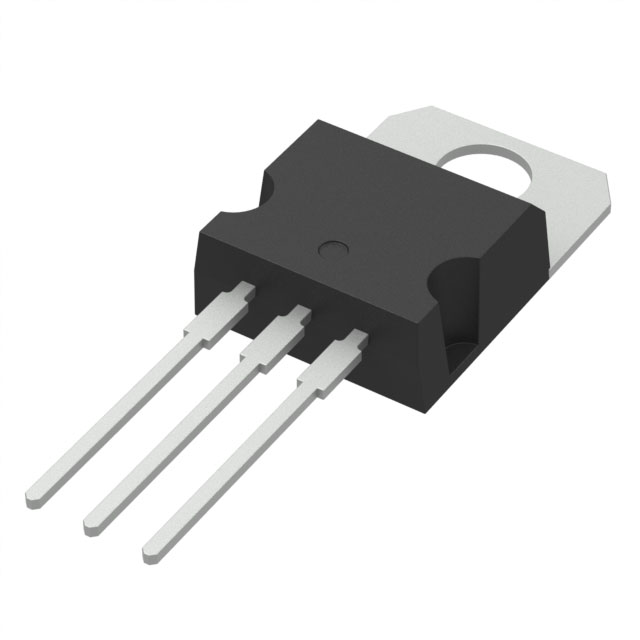



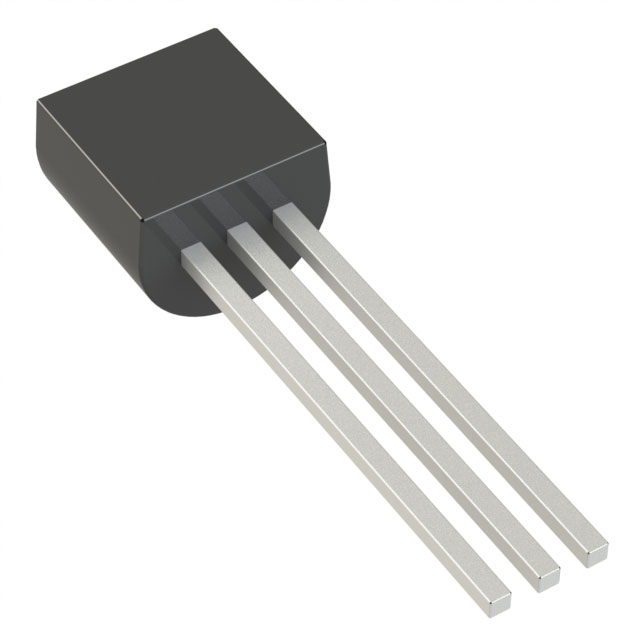

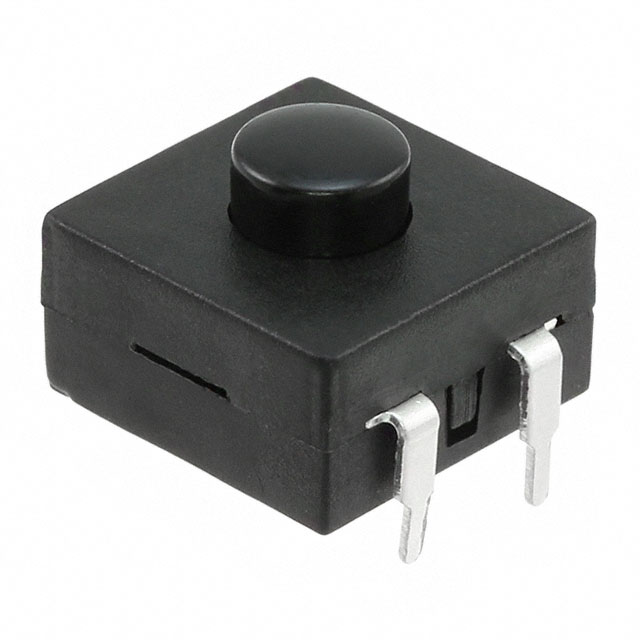
























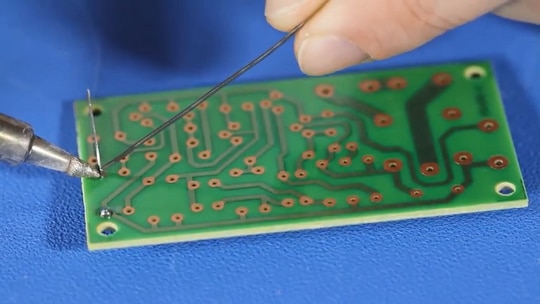



 中国
中国